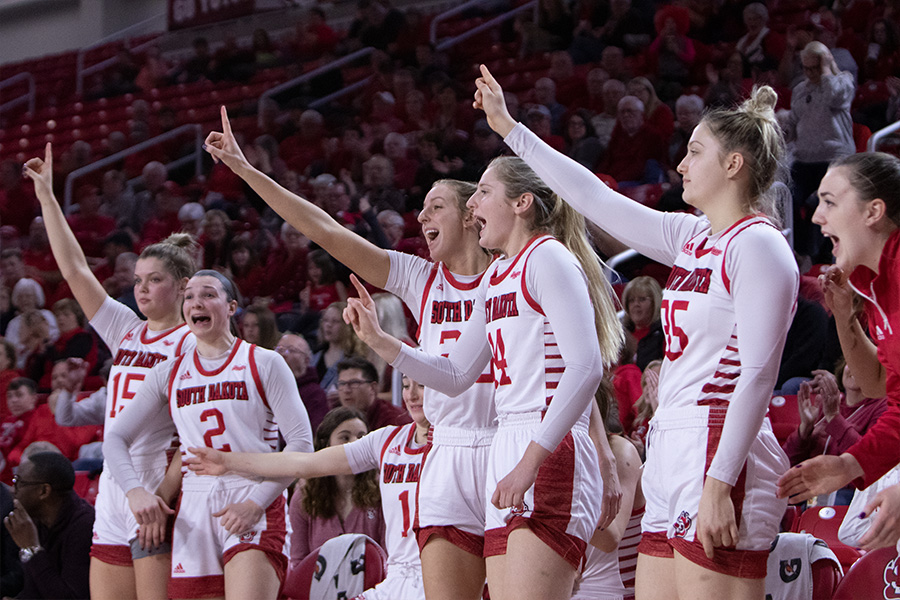Linguist Says Dakota, Lakota Still Mutually Intelligible
PIERRE, S.D. (AP) — Are they two languages or one, Dakota and Lakota? And what about the more distant cousin tongue, Nakota? And how many people speak these languages?
Linguist Armik Mirzayan at the University of South Dakota in Vermillion said a lot depends on who’s doing the count and how. Part of what goes into calculating the numbers is deciding whether to use a linguistic designation or a “cultural plus linguistic” designation. Also, geographical issues make it impossible to just go to the reservations and survey the number of language speakers.
“There are communities of Lakota and Dakota speakers in the major cities in the U.S., off the reservations. Some of the cities where you can find Lakota/Dakota speakers include Rapid City, Denver, and Minneapolis, as well as several other urban areas, too, I am sure,” Mirzayan told the Capital Journal ( ) in an email. “So, as you can see, counting numbers is hard for this context. First, the geographic distribution of the population of Lakota and Dakota speakers is complex, and second, there are groups amongst which fluency varies from semi-fluent to more fluent to very fluent. How do you count number of speakers along this kind of a graded scale?”
Deciding whether they are speaking one language is also an issue for linguists.
“I can tell you that in historical linguistic studies and linguistic reconstruction we talk about the ‘Dakotan’ languages,” Mirzayan said. “These include: Stoney (Nakota; in Alberta), Assiniboine (Nakota; in Saskatchewan and northern Montana), as well as three major dialects that group into Santee-Sisseton (Eastern Dakota), Yankton and Yanktonai (Central Dakota), and Lakota (the western dialect).”
Using the linguistic designation, Mirzayan added, it’s possible to consider Dakota and Lakota dialects of one language because they are mutually intelligible to a large extent. He said about 70 to 80 percent of one can be understood by speakers of the other dialect.
But the same ease of understanding does not carry through between Dakota and Lakota people in trying to converse with Nakota speakers.
“Nakota, in the linguistic designation, is spoken by the Assiniboine and Stoney nations of Montana and Canada, for the most part, and it is not easily intelligible now to Lakota and Dakota speakers. Therefore, Nakota is, at this point, almost a different language, even though very obviously linguistically and culturally related to the Dakota and Lakota, as these share a lot of vocabulary and history with each other,” Mirzayan said.
Mirzayan said recent linguistic surveys and anecdotal evidence indicate that Lakota speakers of all abilities, on and around the reservations of North Dakota and South Dakota, amount to about 6,000 persons, or roughly 14 percent of the total Lakota population.
“More difficult is the fact that average age of Lakota speakers is 60 or over … probably more near 65 years old, and inter-generational transmission has been very difficult,” Mirzayan said.
Things have been better the past few years with the rise of immersion schools, home immersion and other strategies, Mirzayan notes. But Lakota faces challenges.
“The language probably stopped being transmitted to children during the 1950s because of the history of boarding school language suppression and punishments that that generation received earlier. This language is ‘in trouble,’ but with efforts at revitalization it can be maintained.”
Mirzayan said he knows less about the number of Dakota speakers.
He said the Ethnologue, the comprehensive reference work that catalogs all the known languages in the world, puts the number of speakers of all the “Sioux Dialects” at 25,000. “This would presumably include all Lakota (a little more than 6,000) and Dakota (a little more than 18,000), but whether it includes the northern Nakota . I cannot tell,” Mirzayan said.
Mirzayan adds that he questions whether there could really be 18,000 Dakota speakers and said people who work with the language put the number much lower.
Already in 1971, Mirzayan said, Sisseton-Wahpeton language scholar and artist Paul WarCloud was saying there were few Dakotas living who could speak the language fluently and still fewer who could speak all three dialects (presumably a reference to two D-dialects and the L-dialect of the Lakotas).
“More recently, Harlan LaFontaine and Niel McKay in their book ‘550 Dakota Verbs’ (2004) state that in Minnesota’s four Dakota communities there are fewer than thirty elders that learned Dakota as their first language. They also say that probably about 6,000 people in the region can converse in the Dakota language on some level,” Mirzayan said.
The number of speakers of Dakota dialects is decreasing and the same holds as for Lakota: very little inter-generational transmission, and the average age of speakers is quite high.”
Mirzayan estimates the average age of Dakota speakers may be around 65 or older.
“This language is also ‘in trouble,’ but again, with efforts it can be maintained,” Mirzayan said.
On the plus side, Mirzayan said, there are groups of second language learners and young adult learners for Lakota and Dakota, at least, who are very active in efforts to document, teach and revitalize the language.
___
Information from: Pierre Capital Journal,

